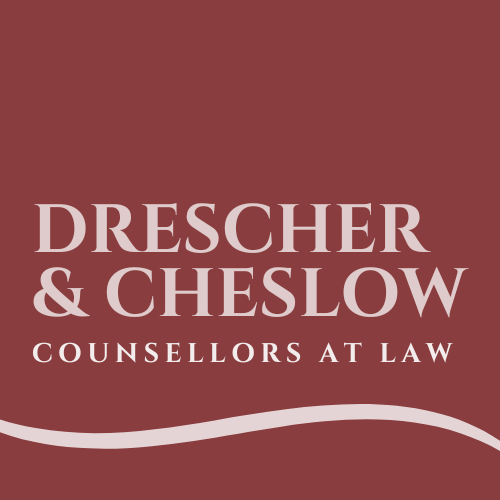America has three major housing issues for seniors: affordability, physical accessibility, and access to medical care and other services. There is a need for creative solutions to housing.
FAMILY LAW ARTICLE 1-A
NEW JERSEY LAW JOURNAL_-_VOL._CXCIV-NO.1_-_INDEX_154 OCTOBER 6, 2008
Planning for the Disposition of the Marital Home
BY ALVIN M. CHESLOW
A home is frequently one of the most valuable marital assets. When a marriage ends, the home is also one of the most important elements in the division of marital property. The marital residence may be disposed of by a transfer between spouses or by a sale to third parties. A transfer may occur during the marriage or at the time of its dissolution, or may be deferred until a later date, such as after the emancipation of the youngest child of the marriage. The tax consequences resulting from the conveyance of the marital residence are dependent upon the identity of the transferee and (tic timing of the transfer.
Section 1041 of the Internal Revenue Code (the “Code”) provides that no gain or loss is to be recognized on an interspousal transfer of property, provided that the parties are still married or, if not married, the transfer is made incident to their divorce. A transfer incident to a divorce is one that is made either within one year from the date the marriage ends or that is related to the cessation of the marriage. A transfer more than one but not more than six years after the end of a marriage may be considered related to the cessation of the marriage, and thus made incident to a divorce, if occurring pursuant to a separation instrument or divorce decree. A transfer between spouses or former spouses meeting the requirements of Section 1041 is treated as a gift. Even if one spouse buys the interest of the other or provides some other form of valuable consideration for the transfer, the gift treatment provided in Section 1041 will apply. The cost basis in the transferred property to the recipient is to be the same as the adjusted basis in the property had been to the transferor.
Transfers between former spouses that do not meet the incident to divorce criteria, and transfers to third parties are not covered by Section 1041. In those situations conveyances of the marital home will be recognized for tax purposes, subject to the provisions of Section 121 of the Code.
In 1997, Congress repealed Code Sections 1034 (rollover of gain on the sale of a principal residence) and 121 (one-time exclusion of up to $125,000 of gain on the sale of a principal residence by an individual who attained age 55) and replaced them with a new Section 121. The new law, effective May 7, 1997, provides that once every two years a taxpayer may exclude from gross income up to $250,000 of gain from the sale of a principal residence. The term “principal residence” is not defined in Section 121. However, Treasury Regulation Section 1.121-1(B) adopts a “facts and circumstances” test, meaning that if in issue, the determination of what a “principal residence” is may be decided on a case-by-case basis.
Property owners no longer need to be 55 or older to use the exclusion and may do so on multiple occasions, provided that they can satisfy certain conditions. First, an ownership and use test must be met — that is, the seller must have owned and used the home as his or her principal residence during at least two of the five years prior to the sale. The two years may be an aggregation of time periods totaling 730 days, 2 x 365, during the five-year period prior to the sale, and need not be achieved in a consecutive block of time. In addition, short temporary absences are counted as periods of use. Second, the current sale must have occurred at least two years prior to another sale in which the taxpayer would have excluded gain under Section 121. Exceptions may apply to the ownership, use and frequency of sale requirements so that an exclusion from recognition of gain may be permitted but the amount excluded may he reduced. Thus, a taxpayer who sells a principal residence after 18 months of ownership and use may exclude up to $187,500 of gain on the sale — 18/24 x $250,000, meaning that a sale at a gain of $100,000 would be completely excluded and a sale at a gain of $200,000 would produce an exclusion of $l87,500 and gain recognition of $12,500.
The gain exclusion under Section 121 increases from $250,000 to $500,000 for married taxpayers filing a joint income tax return for the year of sale, provided that (a) either spouse meets the ownership part of the ownership and use test, (b) both spouses meet the use part of the ownership and use test and (c) neither spouse is ineligible for the exclusion by reason of a sale or exchange of another residence within the prior two years. If the spouses collectively do not meet these requirements then the exclusion is determined for each spouse individually.



